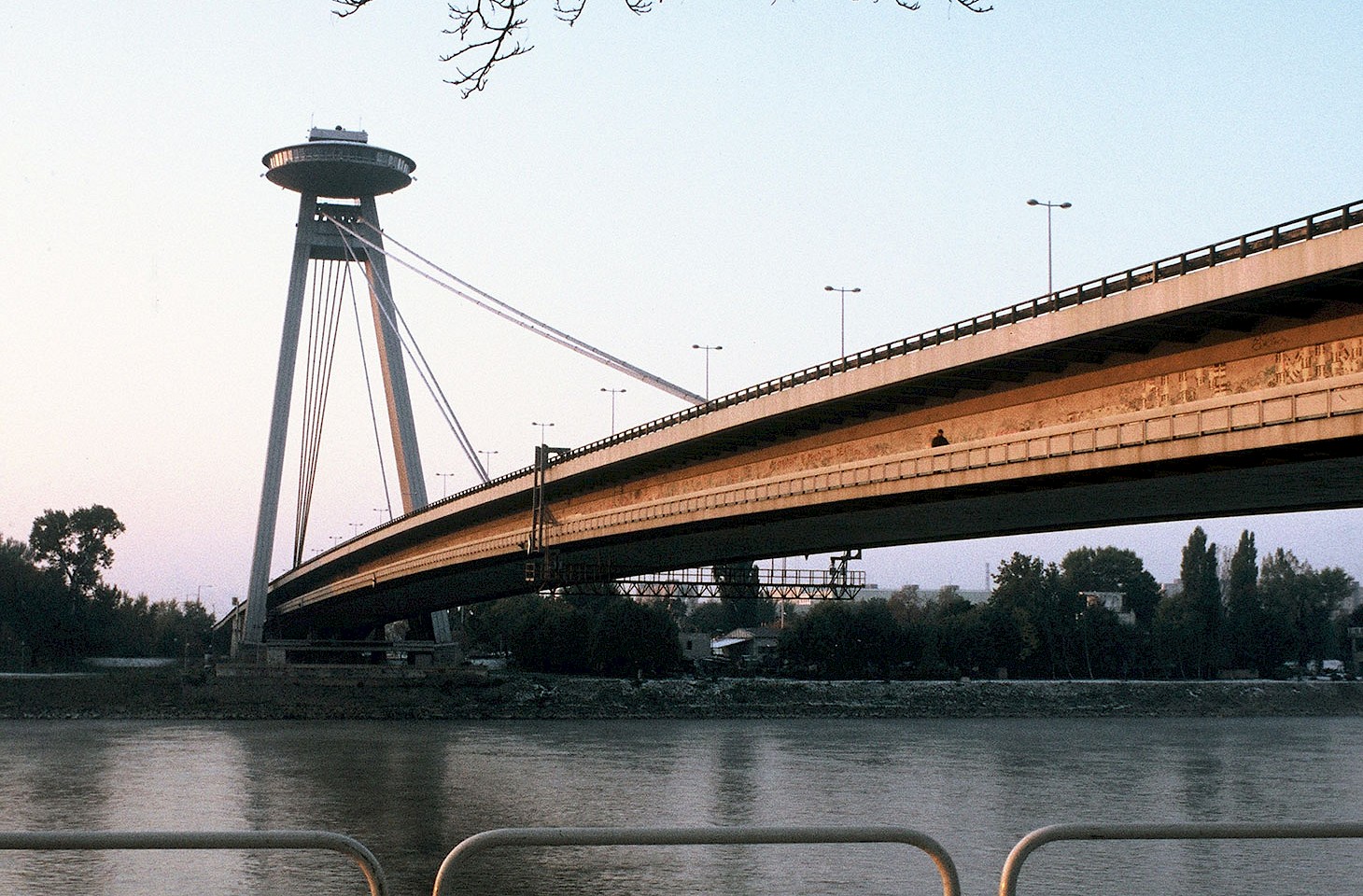Dear fellow travellers
For many visitors to the Hebrides, the traditional blackhouse is a symbol of these islands. Yet rarely is vernacular architecture so freighted with emotion, nostalgia and even misunderstanding.
Over centuries, successive generations of Hebridean families lived in these simple dwellings, sharing their domestic space with their animals. Life revolved around the cagailt or central hearth where even on summer days peat smouldered. Lives, hope and ambitions - such as there were - were shaped in a communal space that placed no premium on privacy.
Cast back 100 years, and the majority of islanders still lived in blackhouses where the reek of peat, proximity to animals and a hazy gloom were the key features of the interior. With their thatched roofs, these buildings settled gently into the landscape. Those which used piled turfs as an exterior wall - a practice which was common in the 19th century - blended perfectly into the bleak Hebridean landscape, with the thatch and walls slipping seamlessly into the surrounding countryside. By the time of the first systematic photographic records of the Hebrides, the turf-walled blackhouse was disappearing, with rough local stone now being used for both the interior and exterior walls. It was these stone houses, which still relied on thatch for the roof, which attracted the gaze of visiting writers and photographers.
For many observers from outside the isles, these buildings, scattered in seemingly random fashion over the landscape, were a palimpsest of Hebridean life and culture. The blackhouse spoke of a social fabric which extended back to antiquity. Belief in that myth could only be sustained by overlooking the massive social disruptions of Hebridean life when every man, woman and child was affected by the Clearances and entire communities were dispossessed on a whim.
The writer Alasdair Alpin MacGregor was typical of many visitors. When he arrived in the Outer Hebrides in the 1930s, he was astounded that inhabited places "so remote, so primordial and eerie [...] should exist in the British Isles." In the romanticised gaze of the outsider, the blackhouse was a sentimental link with the past, with visitors associating the blackhouse with a rich Hebridean tradition of stories and song, of faith, freedom and individuality. One regular visitor to the islands, the German photographer Werner Kissling, rather presumptuously suggested a redesign of the blackhouse with concrete floors, better fireplaces and the use of asbestos to line the roof interior. Hindsight allows us to observe that Kissling's asbestos idea may not have been conducive to Hebridean health.
But the days of the peat reek were numbered. Even while MacGregor and Kissling were documenting the Hebrides, new building materials were being appropriated for the extension of houses and the construction of new dwellings. The encroachment of modernity, represented by modern bungalows which hardly differ in style from those found in mainland Scotland, made for a massive improvement in living conditions for Hebridean families. By the 1960s, very few people still resided in traditional blackhouses. On many crofts, the comfortable new dwellings were built immediately alongside the old blackhouse, and the crumbling ruins of the family's former home decayed ever more with each passing year.
Recent years have seen the renovation of some tumbledown blackhouses, with the restoration of the thatch and the installation of heating and other modern conveniences. Locals have moved on and few would dream of moving back into a blackhouse. But the sentimental gaze of the visitor constructs the Hebrides rather differently and outsiders quite like the idea of a week or two staying in a traditional blackhouse. And some do claim to hear echos of the past in the ancient walls of these iconic Hebridean buildings.
A traditional blackhouse, maintained in the state in which it was vacated in 1964, can be visited at Arnol on the Isle of Lewis. With its distinctive smells and quiet simplicity, it evokes a style of living which is now just a fading memory for most inhabitants of the Outer Hebrides.
Nicky Gardner and Susanne Kries
(editors, hidden europe magazine)


